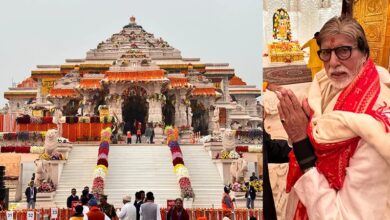The Rise of Breakdancing: From Bronx Streets to Olympic Glory

News Mania Desk/Agnibeena Ghosh/9th August 2024
Breakdancing, also known as b-boying or breaking, is a vibrant street dance style that originated in the Bronx, New York City, during the early 1970s. This dynamic form of dance, deeply rooted in African American, Puerto Rican, and Latino communities, has evolved from its humble beginnings to achieve international recognition, culminating in its debut as an Olympic sport at the 2024 Summer Olympics in Paris.
At its core, breakdancing involves four main types of movements: toprock, downrock, power moves, and freezes. These movements are performed to tracks featuring prominent drum breaks, particularly within the genres of funk, soul, and hip-hop. The dance’s origins are closely tied to the emergence of hip-hop culture, which began in the Bronx during the early 1980s. Hip-hop DJs, particularly Kool Herc, played a crucial role in the development of breakdancing by creating rhythmic breaks in their music that provided dancers with the opportunity to showcase their skills.
The term “breakdance” itself is somewhat mysterious in its origins. It gained prominence through hip-hop pioneer Kurtis Blow, who mentioned the dance style in a 1980 profile by Bill Adler in the New York Daily News. Blow, a trailblazing rapper who first signed with a major record label, is known for his hit single “The Breaks,” which highlighted the energetic and rhythmic nature of breakdancing. While the term has become widely used in popular culture and mainstream media, it often encompasses a broader range of styles beyond the original b-boying, including California-based styles such as popping, locking, and electric boogaloo.
The evolution of breakdancing is deeply intertwined with the early hip-hop scene. DJ Kool Herc, one of the genre’s pioneers, noticed that dancers exhibited increased energy and creativity during the breaks of songs. These breaks, where the vocal and instrumental sections dropped out, left only the percussion for the dancers to perform. To extend these breaks and give dancers more time to display their moves, Herc employed a technique known as the ‘Merry-Go-Round,’ using two turntables to mix between two copies of the same record. This innovation provided a longer and more dynamic break for dancers, which played a significant role in the development of breaking.
Over the decades, breakdancing has grown significantly, supported by numerous organizations and independent competitions worldwide. Its inclusion in the 2024 Summer Olympics represents a landmark achievement, reflecting its global impact and widespread popularity. The decision to add breaking to the Olympic roster was made by the International Olympic Committee in December 2020, following a proposal from the World DanceSport Federation.
Today, breakdancing stands as a testament to the creative spirit and cultural exchange that defined its early days. From the streets of the Bronx to the global stage of the Olympics, the journey of breakdancing highlights its enduring appeal and its ability to connect diverse communities through the art of dance.






